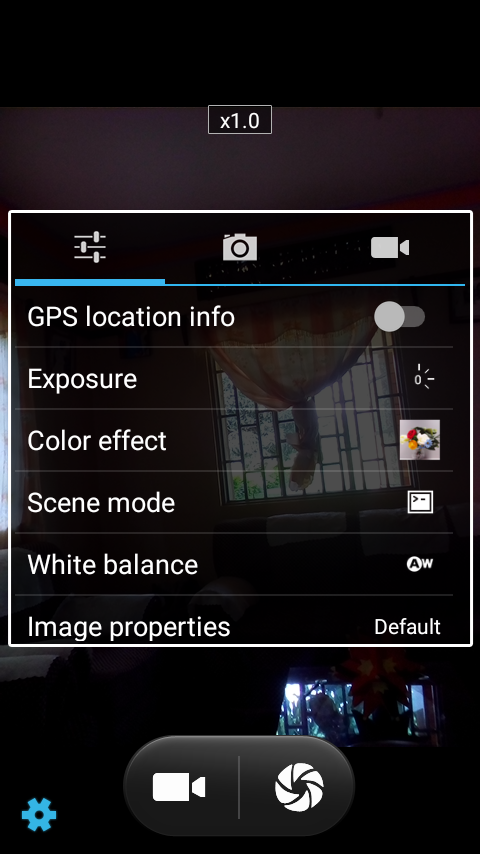A guide on what you should look out for in a smartphone camera might do you just good. Let’s start by understanding the issue of Megapixels. Most smartphone cameras are identified by the number of mega pixels they have. Well, megapixels define how much you can crop an image. Five megapixels are enough to print an image on an A4 paper, unless you want a billboard that will need about forty megapixels. So without considering the mega pixel case, how would you judge a good smartphone camera?
Camera Settings
Check the smartphone to check if the camera settings allow you to add filters, provide features like object eraser. These can enhance your camera experience. You should check if HDR and Panaroma mode work just fine. Good camera settings can in the end motivate you to use your smartphone camera more often since you can be guaranteed some good quality output.
Related Article: Why New Smartphones come with Dual Camera
Optical Image Stabilization
This is a feature that eliminates shakes and vibrations while shooting videos. This is vital especially if you will use your smartphone camera for videos more often. Very few phones offer Optical Image Stabilization, for example, LG G2, Samsung Galaxy S5 among others.
AF Speed
This is simply the speed a device takes to auto focus on an image. To test AF speed, simply point your device to a very close object and see how long the device takes to correctly focus. When it has settled, quickly point to a distant object and see how your smartphone will handle the transition. If your phone has slow AF speed, you will most likely get blurred images.
Shutter speed and burst mode
Shutter speed determines how well you can capture moving objects. A smartphone with good shutter speed can capture a moving object as a still object without a blur. You can point the smartphone camera to a ceiling fan or any other moving object and test the output. Also try taking a burst shot and carefully look at the images to give you an idea of the image processor.
Capture and Test
Try to test the camera in different light conditions; capture and image in extremely low lighting and also another image in bright day light. You can test the flash quality and its effect on color reproduction of images. Also be critical to notice any funny noise being made by the camera, this may indicate a problem with the camera. With the current availability of smartphones with increasingly amazing picture quality, taking bad photos should not have a consolation. Above are a few guidelines you can use when purchasing a smartphone with a good camera. If you are purchasing online, reviews from critics and users will be an important tool for you to make a good decision. Featured Image: ePHOTOzine

